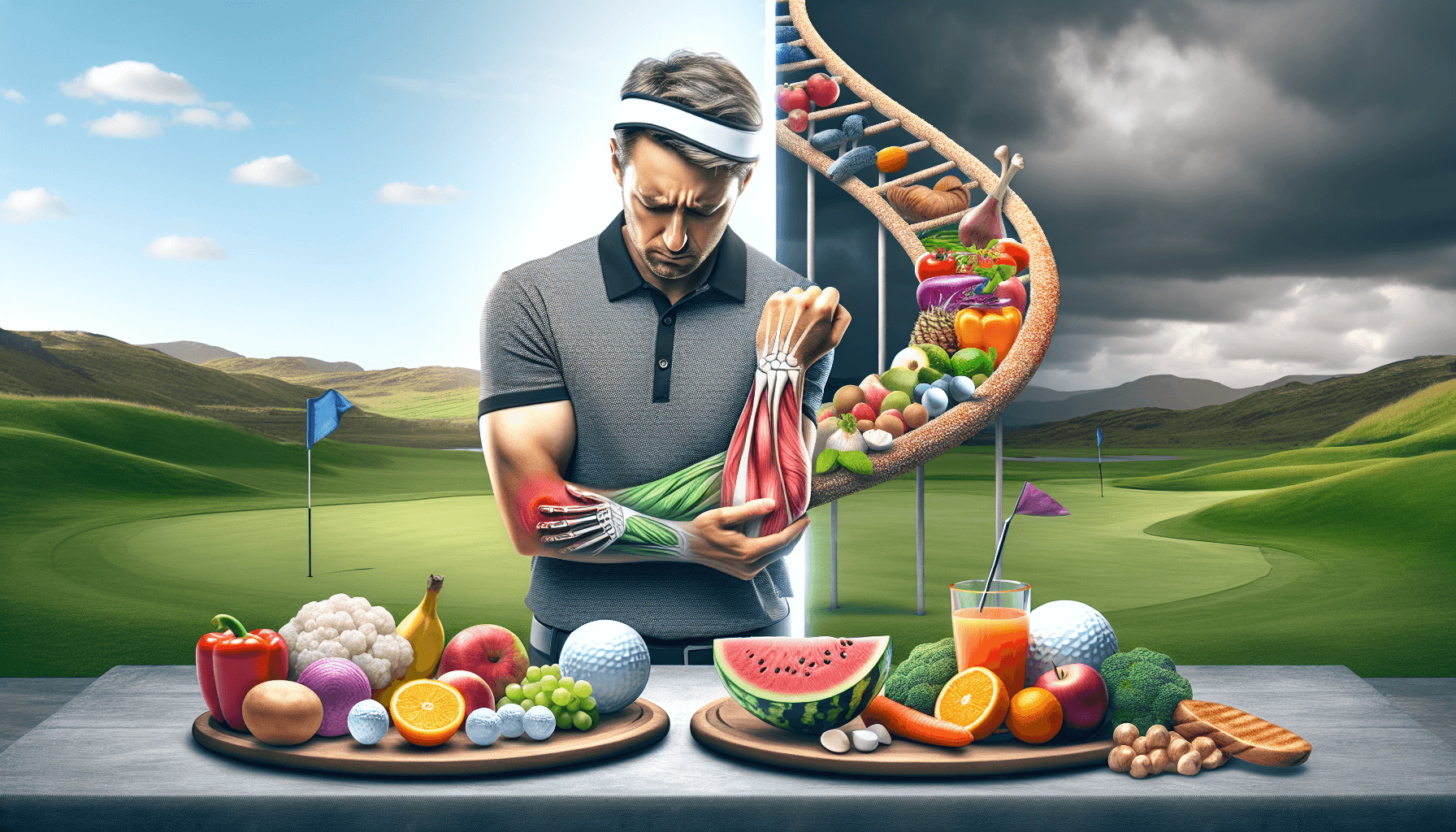Golfer’s elbow, also known as medial epicondylitis, is a condition that affects the tendons in the inner part of the elbow. It is a type of tendonitis that is caused by the repetitive use of the muscles in the forearm and wrist. This condition can be quite debilitating for golfers and other individuals who engage in activities that require repetitive gripping and wrist movements.
The Importance of a Balanced Diet for Golfer’s Elbow Recovery
When it comes to recovering from golfer’s elbow, many people focus solely on physical therapy exercises, stretching, and rest. However, the role of nutrition in the healing process is often overlooked. A balanced diet plays a crucial role in supporting the body’s ability to heal and recover from injury, including golfer’s elbow. Let’s explore why a balanced diet is important for golfer’s elbow recovery and what foods can help speed up the healing process.
Nutrition for Healing
Proper nutrition is essential for healing the body tissues and reducing inflammation. Certain nutrients promote tissue repair and help reduce pain and inflammation, which can be beneficial for golfer’s elbow recovery. Including these nutrients in your diet can help enhance the healing process:
- Protein: Adequate protein intake is crucial for repairing and rebuilding damaged tissues. Lean sources of protein, such as chicken, fish, tofu, and beans, can provide the amino acids needed for tissue repair.
- Omega-3 Fatty Acids: Foods rich in omega-3 fatty acids, such as fatty fish (salmon, mackerel), chia seeds, and walnuts, have anti-inflammatory properties that can help reduce inflammation and promote healing.
- Vitamin C: Vitamin C is essential for collagen synthesis, which is important for tendon and ligament repair. Citrus fruits, strawberries, tomatoes, and leafy greens are all good sources of vitamin C.
- Zinc: Zinc is involved in collagen synthesis and plays a role in tissue repair. Foods rich in zinc include lean meats, seafood, nuts, and seeds.
- Antioxidants: Antioxidants help reduce inflammation and oxidative stress in the body. Including colorful fruits and vegetables, such as berries, spinach, and kale, can provide a wide range of antioxidants.
While maintaining a balanced diet is important for overall health, paying extra attention to these nutrients can aid in the recovery process from golfer’s elbow.
Hydration and Golfer’s Elbow
Hydration is often an overlooked aspect of recovery, but it plays a critical role in the healing process. Staying properly hydrated allows the body to transport nutrients to the injured area, flush out toxins, and maintain optimal cellular function. Additionally, drinking enough water helps keep the muscles and tendons hydrated, which can alleviate stiffness and promote flexibility.
It is recommended to drink at least eight glasses of water per day, but the exact amount may vary depending on factors such as activity level, climate, and individual needs. Adding electrolyte-rich fluids, such as coconut water or sports drinks, can also help replenish lost electrolytes during physical activity.
The Role of Anti-Inflammatory Foods
Inflammation is a natural part of the body’s healing response, but chronic inflammation can delay the recovery process. Including anti-inflammatory foods in your diet can help reduce inflammation and support the healing process in golfer’s elbow.
Some of the best anti-inflammatory foods include:
- Fatty fish, such as salmon and sardines
- Turmeric
- Ginger
- Green leafy vegetables
- Berries
- Extra virgin olive oil
- Nuts and seeds
These foods contain various compounds and antioxidants that have anti-inflammatory properties, helping to alleviate pain and promote healing. Incorporating them into your diet can be beneficial for recovering from golfer’s elbow.
Consulting a Healthcare Professional
While a balanced diet can support the healing process for golfer’s elbow, it’s important to consult a healthcare professional for a comprehensive treatment plan. They can provide personalized advice tailored to your specific condition, medical history, and dietary needs.
If you’re looking for more information on golfer’s elbow treatment and recovery, Eastside Ideal Health offers valuable resources and professional guidance.
In conclusion, a balanced diet is essential for golfer’s elbow recovery. Providing the body with the right nutrients and hydration can promote tissue repair, reduce inflammation, and support overall healing. By incorporating foods rich in protein, omega-3 fatty acids, vitamin C, zinc, and antioxidants, along with staying hydrated and including anti-inflammatory foods, individuals can enhance their recovery from golfer’s elbow.

